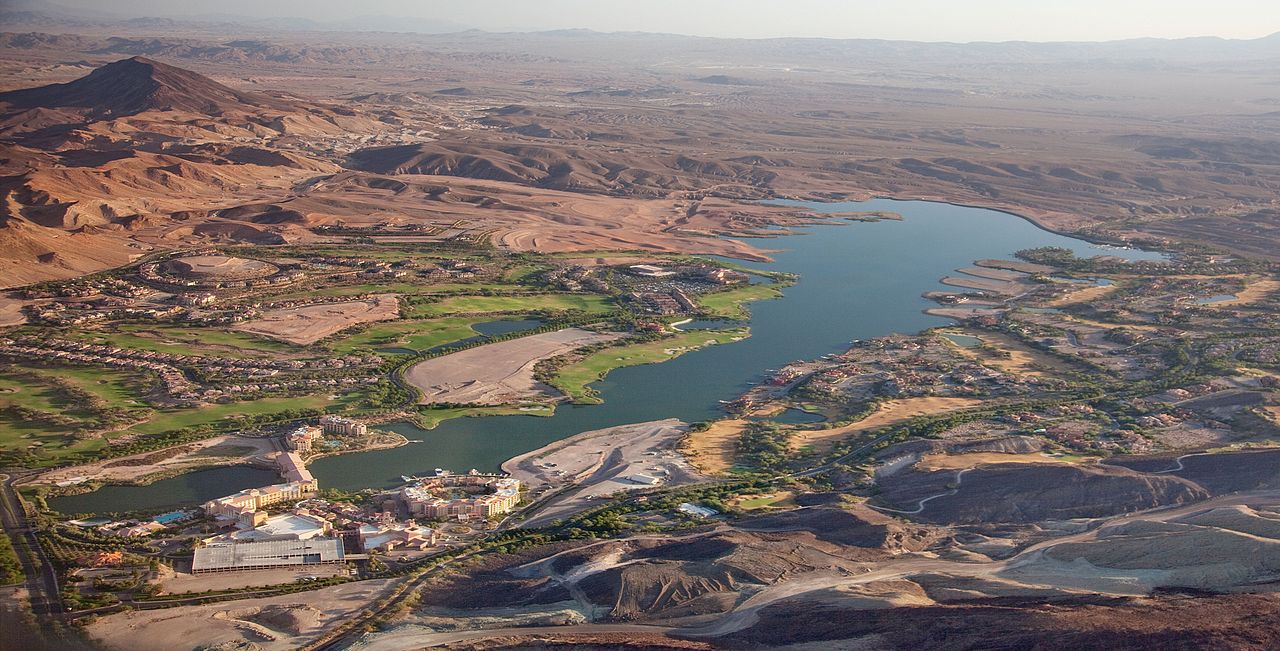
#Unmanned aerial vehicle software#
Knowledge generated in the use of different UAV platforms, processing software and application of image data in various aspects of agricultural management is elaborated upon. In this section of the knowledge portal, we share experiences gained within the framework of the STARS project in the use of UAVs for managing agriculture in smallholder systems in sub-Saharan Africa and Asia. By using UAVs, images of critical crop growth stages can be obtained and analyzed to monitor crop dynamics. UAVs can, therefore, play an important role in monitoring smallholder (rainfed) agricultural systems, where persistent cloud cover often hinders optical remote sensing systems in acquiring images (Herwitz et al., 2004 Spraying, 2002). These and other features make UAVs perfect monitoring systems, permitting persistent monitoring of a wide range of phenomena. UAVs can, and often must, be flown at very low altitudes (< 200m - mostly below clouds) and as often as resources (e.g., batteries) permit. The downside is in the limitations in area coverage of a single flight. Compared to manned aircrafts, which are used in conventional photography (Watts et al., 2012), UAVs are cheaper to acquire and operate, and produce similar or better spatial resolution images. In the field of remote sensing, UAVs are helping to rapidly replace conventional aerial photography (photogrammetry) by providing high spatial resolution aerial images ( orthophotos) of the earth’s surface. In recent years, however, UAVs have found use in a wide range of civil applications, ranging from urban planning, to monitoring in environmental, agriculture, governance, utilities and commercial applications.
#Unmanned aerial vehicle professional#
The history of these systems is partly in radio-controlled aircraft, for hobby and professional purposes, ands partly in military purposes, i.e., to fly over enemy or otherwise dangerous territory. UAVs are operated remotely by a pilot at a ground control station or they operate autonomously steered by a pre-programmed flight plan. In the public eye, they are called drone. An alternative term is Unmanned Aerial System (UAS), while the International Civil Aviation Organization (ICAO) refers to machines of this type as Remotely Piloted Aircraft (RPA).

An Unmanned Aerial Vehicle (UAV) is an aircraft with no pilot on board.


 0 kommentar(er)
0 kommentar(er)
